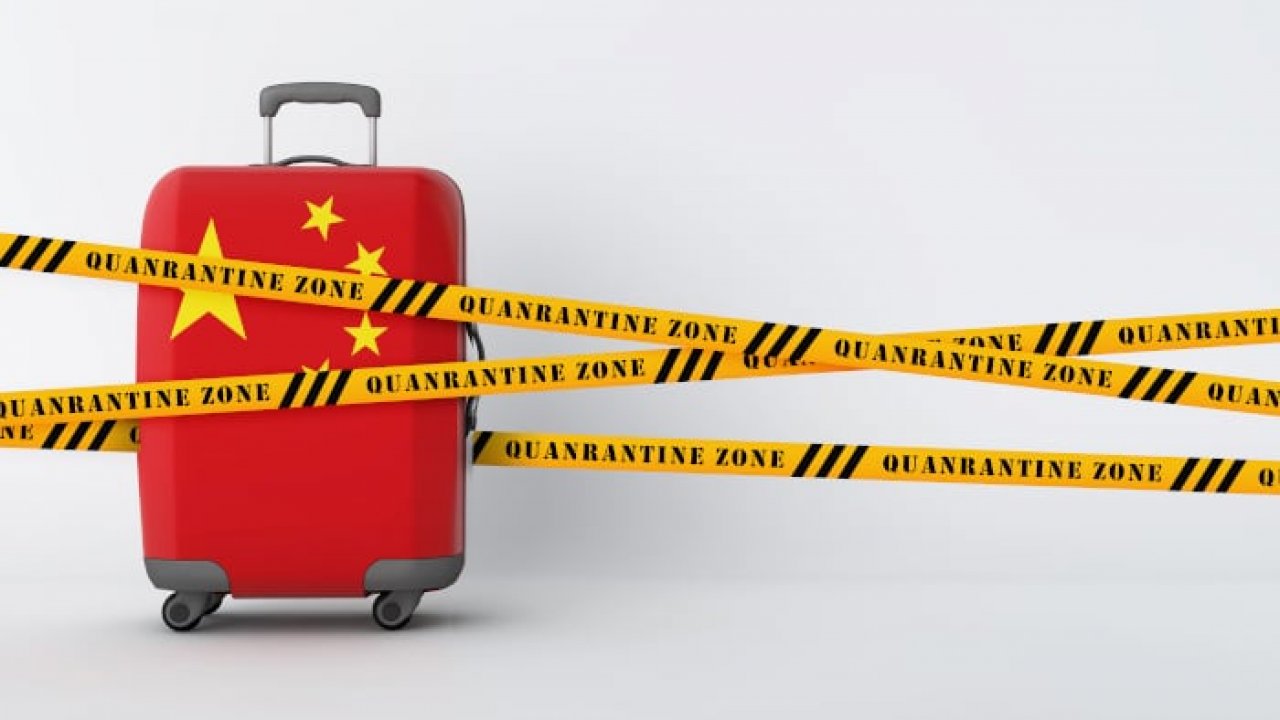
In response to the new confirmed cases of COVID-19 in Shanghai, Anhui, and Tianjin, China has renewed the list of different levels of medium and high-risk areas. Meanwhile, there are more new quarantine and test policies from different cities.
According to the Epidemic Risk Inquiry System of the State Council, as of November 11, 2020, there are 4 high-risk areas, 5 medium-risk areas in all provinces, all other areas are categorized as low-risk areas.
High-risk areas
Medium risk areas
Since November 8, Tianjin, Shanghai, and Anhui have successively seen several confirmed and asymptomatic COVID-19 patients. Upon it, more than 10 regions in China now require travellers from Shanghai and Tianjin to undergo nucleic acid testing in particular in: Hainan, Xiamen, Fuzhou, Jilin, Yanji, Changchun, Harbin, Baoji, yulin, Wuhan, Baotou, Lu'an.
In general, in most cities, people who have travel history in medium and high-risk areas are required to be quarantined and tested;
People who have a travel history in low-risk areas can pass through with the green health code and normal body temperature.
Starting from 0:00 on November 10, 2020, the itinerary card showed on mini-programs started marking the names of cities and cities that contain medium and high-risk areas in red (including Shanghai), which are only used as travel reminders and are not related to health conditions.